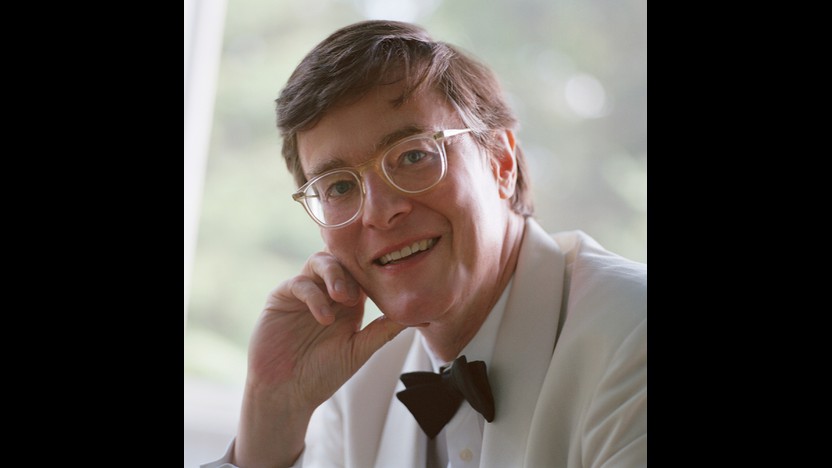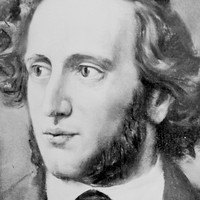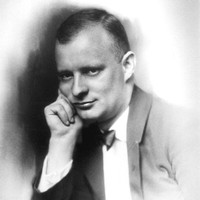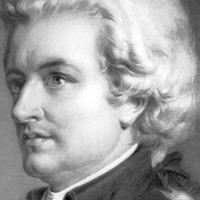Peter Serkin Plays Mozart and Hindemith


 Watch Video
Watch Video
Felix Mendelssohn took full advantage of the opportunities that came with his family’s position of privilege as successful bankers. This was a child who celebrated his 12th birthday with a private performance of his first musical, in a fully staged production at his house in Berlin, featuring members of the royal orchestra!
At the age of twenty, Felix Mendelssohn performed a typical rite of passage for well-heeled young men, embarking on a “grand tour” of Europe. On August 7, 1829, he reached the Hebrides Islands off the western coast of Scotland, where the scenery inspired him to scribble a few phrases of music into a letter sent home to Berlin. His boat voyage the next day to the famous Fingal’s Cave provided additional fodder for a new work he began plotting.
After continuing on to Rome, Mendelssohn fashioned his Hebrides ideas into a concert overture as a birthday present for his father, under the original title of Lonely Island. He tinkered with the score and the title several more times — various drafts were known as The Isles of Fingal, Fingal’s Cave and The Hebrides — until he signed off on a definitive version in 1832. His very first sketch remained in place as the overture’s nucleus, as heard in the rocking, wave-like cascades that appear in the opening measures.
Aaron Grad ©2023

 Watch Video
Watch Video
Wolfgang Amadeus Mozart spent much of his youth traveling through Europe and performing in circumstances arranged by his enterprising father, Leopold. Their last major trip together took them through Italy for over a year, until they returned to Salzburg in December of 1771. This period marked a turning point for Mozart, for at fifteen he was getting a little old to be paraded around by his father as a child prodigy. During the next years in Salzburg, despite tensions with a new Archbishop (who controlled the court’s musicians) and an uncertain professional future, Mozart composed mountains of music, and in the process he matured from a precocious youth to the genius we now recognize.
About half of Mozart’s symphonies dated from the period between 1771 and 1774, including the Symphony No. 29 in A that he wrote near the end of that surge, at the age of eighteen. To begin the Allegro moderato first movement, a distinctive theme built around downward leaping octaves glides over a gentle chorale accompaniment at a piano dynamic. As might be expected, this material repeats at a firm forte dynamic, but the surprise is that it adds a layer of contrapuntal complexity, with the low strings chasing the violins on the same material but delayed by two beats. This heightened focus on layering and counterpoint runs throughout the symphony, as in the Andante second movement, which waits only four measures before adding a bouncing countermelody to the dignified violin theme.
After the slow movement’s hush of muted strings, the Minuet turns more playful, incorporating dramatic dynamic changes and tongue-in-cheek fanfares. To close the symphony, the Allegro con spirito finale re-integrates ideas from the opening movement, including a new theme constructed from octave leaps. Call-and-response phrases and melodic imitation add to the work’s abundance of sophisticated counterpoint, signaling a new summit in Mozart’s symphonic craft.
— © Aaron Grad
Aaron Grad ©2019

Get driving directions and find nearby parking.
Find dining options close to the venue.
View seating charts to find out where you'll be seating.
SPCO concerts are made possible by audience contributions.
For exclusive discounts, behind-the-scenes info, and more:
Sign up for our email club!
